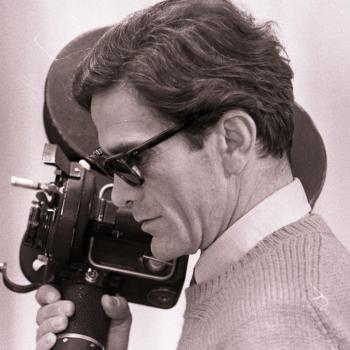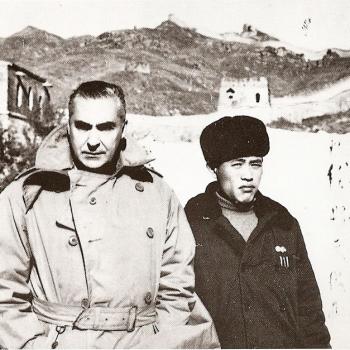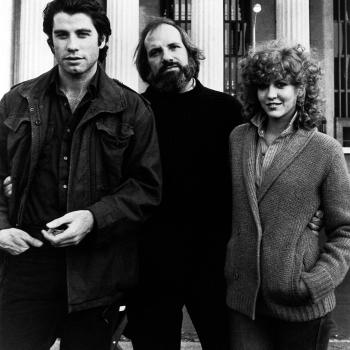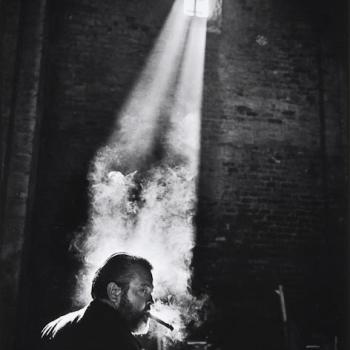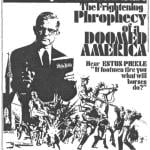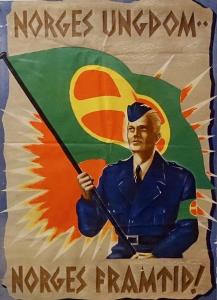
It is, at this point, a truism that the Middle Ages fascinate the American Alt-Right. “Deus Vult“ has become their slogan, so much so that the popular video game franchise Crusader Kings has dropped this tagline from its third installment. It is also, at this point, a truism that those so invested in an eleventh-century crusader battle cry get the medieval period wrong. I am not interested in re-adjudicating this conflict; it seems clear that any popular movement, steeped in nostalgia and committed to a kind of anti-modernism, will necessarily fail to see the whole picture. Each of us makes use of history for our own ends. Modern would-be crusaders merely represent a particularly egregious example of an unfailing human propensity.
What does interest me, however, are the areas where they would, perhaps, seem to get things right. Where, we might ask, do similarities occur? What might those tell us about the power of such movements to capture our historical imagination?
One particularly salient example comes to mind: the likening of society to a body. This comparison is familiar enough: we speak of the “body politic” and note the need for a “healthy nation.” Fascism, broadly construed, and medieval political theory, however, share these ideas in common to an uncommon degree. And so, I ask: what does this mean and why does it matter?
Pursuing an answer means defining that notoriously nebulous term: “fascism.” Since 2015, it has been popular both to extend its semantic bounds and to deny their correlation with anything short of Mussolini or Hitler. Getting at a decent definition does not, however, require determining if, say, Donald Trump himself is a fascist. Robert Paxton, whose opinion is generally respected on this subject (so much so that he’s actually featured in a recent Dinesh D’Souza documentary), has this to say:
Fascism may be defined as a form of political behavior marked by obsessive preoccupation with community decline, humiliation, or victimhood and by compensatory cults of unity, energy, and purity, in which a mass-based party of committed nationalist militants, working in uneasy but effective collaboration with traditional elites, abandons democratic liberties and pursues with redemptive violence and without ethical or legal restraints goals of internal cleansing and external expansion. (The Anatomy of Fascism)
Matt Christman, building on this view, adds that fascism typically means the suppression of any organized Left. The sort of coalition this political ideal requires involves the coming together of capitalists, other elites, and disaffected workers into a single national body. Where we see fascism rise, there has typically been a manifest failure of liberal capitalism; hence, the hostility Hitler and Mussolini claimed to have to this system of economic and social organization.
In societies with universal or near universal suffrage, common people have power; the powers-that-be must compete for their votes. When existing elites sit atop a failing system, they can no longer simply sell hoped-for economic miracles to the poor and destitute (think here of Jeb! or Marco Rubio, whose attempts to hawk the old Republican platform met with few sympathetic ears in 2016). Savvier elites see this coming and know that their primary competition is Left-leaning groups who preach the fundamental corruption and degrading power of the capitalist system. Fascism, in other words, is the turtling of the body politic; the head makes common cause with the disgruntled oppressed and convinces them that unity must be preserved above all else. This not only protects the existing system but requires the expulsion of enemies and the expansion of the nation itself.




